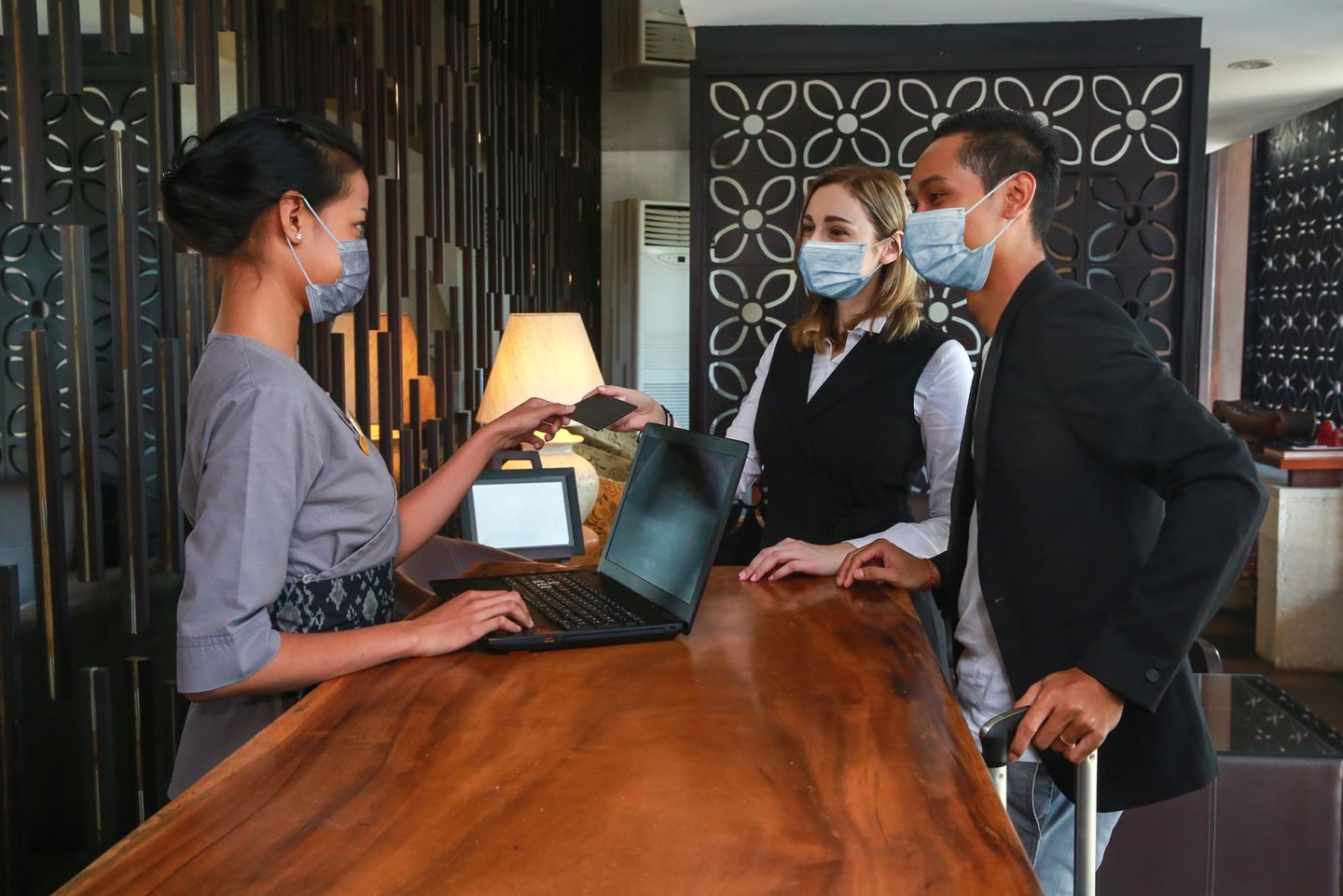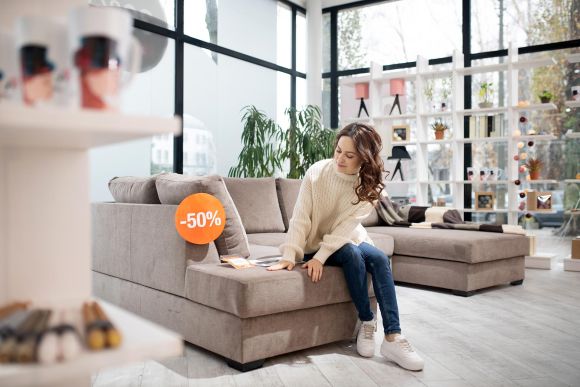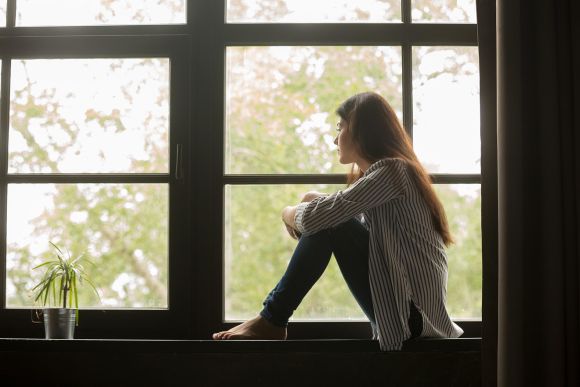Worldwide, COVID-19 is still wreaking havoc on the tourism and hospitality industries, and the length of economic recovery is still unknown. Tourism and hospitality play an important role in the local economies of many communities. As businesses navigate ever-changing virus variants and health mandates, how can you and your local businesses inspire consumer confidence again?
Communication is crucial to the public right now. They want to know what procedures have been instituted to keep them safe while they are visiting your local establishments.
The findings of a recent study by the National Restaurant Association showed that nearly six in 10 adults have canceled restaurant reservations, ordered takeout or delivery instead of dining in person, or otherwise changed their restaurant usage because of the delta variant. With so much changing so frequently, communities' tourism and hospitality establishments may be wondering what this means for them. The following outlines best practices you can encourage at local destinations.
Best Practices Local Governments and Tourism Agencies Can Encourage to Rebuild Confidence in the Tourism and Hospitality Industry
Key entry points should display signage which lists the establishment’s cleaning procedures. While cleaning and disinfecting was once done behind the scenes, it must now move to the front and center of operations. Lapses in cleanliness, staff grooming, and lack of social distancing, now more than ever, will be met with greater scrutiny from the public. Messy is the same as dirty in many people’s opinions.
Clean uniforms, personal hygiene, hair restraints, clean fingernails, and proper protective gear, will add to consumers’ feelings of safety. Add hand sanitizer stations by elevators, the front desk, entrances, exits, and any high traffic areas. Have employees use different colored gloves, so customers can see they are changing them between interactions. Pre-shift meetings should take place virtually, or in an area where social distancing is possible.
Now more than ever, tourism and hospitality destinations should monitor their social media comments and when they are tagged by consumers. It’s smart to respond to any detrimental comments immediately; apologize and let that person (and all their friends) know what the business will do to address the problem and welcome them to return.
Make and post videos that show how the business or destination is responding to the crisis. If a business is taking employees’ temperatures, cleaning hotel rooms in protective gear, or using gloves and masks in their commercial kitchens, they should share that with the public. The safer people feel, the more likely they will be to visit the establishment and share their experiences with friends.
Help customers maintain social distancing by placing tables six feet apart and leave enough room for servers to pass while distancing. Even though this will reduce a restaurant’s indoor seating, you may be able to pick up some space outside. If the restaurant is adjacent to wide sidewalks, or plaza areas, encourage them to check with the appropriate local government department to see if they can access some of that space. Local governments should also confirm and communicate whether permitting processes are in place, and whether they can be expedited during this crisis. Signage or decals can be used to assign seating to restaurants that may be sharing public spaces. Local governments can also remind restaurants to make sure to follow the Americans Disability Access (ADA) guidelines to keep sidewalks clear for wheelchair access.
Lower risk groups may be more anxious to return to normal than high risk groups. By addressing how, and how often, locations are being cleaned, local businesses may appeal to the group that is more hesitant to return.
The economic impact of the virus is another reality. Layoffs and furloughs have impacted many people and their vacations may become “staycations” or shorter getaways this year. People will likely be staying closer to home or taking trips within reasonable driving distance of their homes.
Hotel guests should preregister online and be asked to wear masks in all public areas (lobby, elevators, hallways, etc.) at all times. Hotels may consider providing an amenity bag during check-in containing masks, hand sanitizer and a COVID-19 awareness card.
Remind people of the things that they once enjoyed and are now missing. Your local tourism and hospitality businesses could put together a “Living Local” package for customers within a certain range of the community. Offer weekend specials for family getaways or frequent diner rewards.
The Bottom Line
The psychological impact of this pandemic will stay with people long after it is resolved. You must communicate cleanliness and safety to your community’s guests at every point of their visit to inspire confidence and build return customers.
Want to learn how data can give tourism and hospitality organizations a leg up in their recovery strategy? Check out our hospitality platform.
Blog by Julie Glover, Professional in Residence


